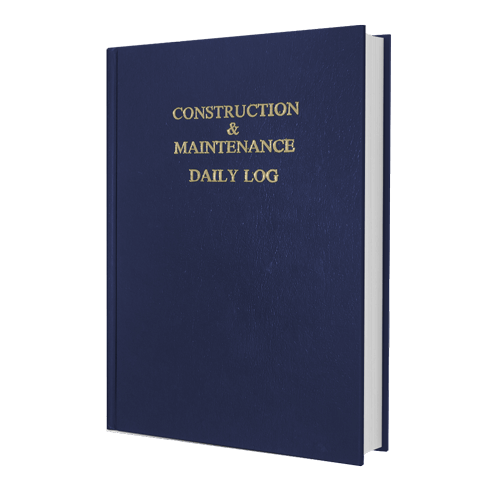One World Trade Center
New York City
Region New York
Owner/developer Port Authority of New York & New Jersey
LEAD DESIGN FIRM Skidmore, Owings & Merrill
GENERAL CONTRACTOR/CONSTRUCTION MANAGER Tishman Construction, an AECOM Co.
STRUCTURAL ENGINEER WSP
MEP ENGINEER Jaros Baum & Bolles








